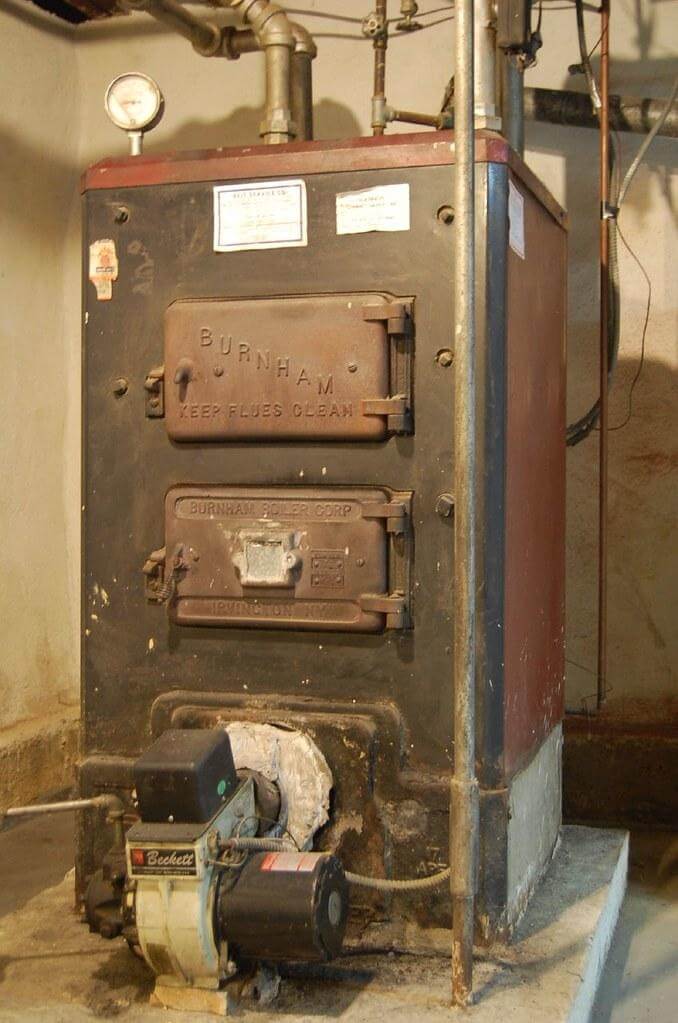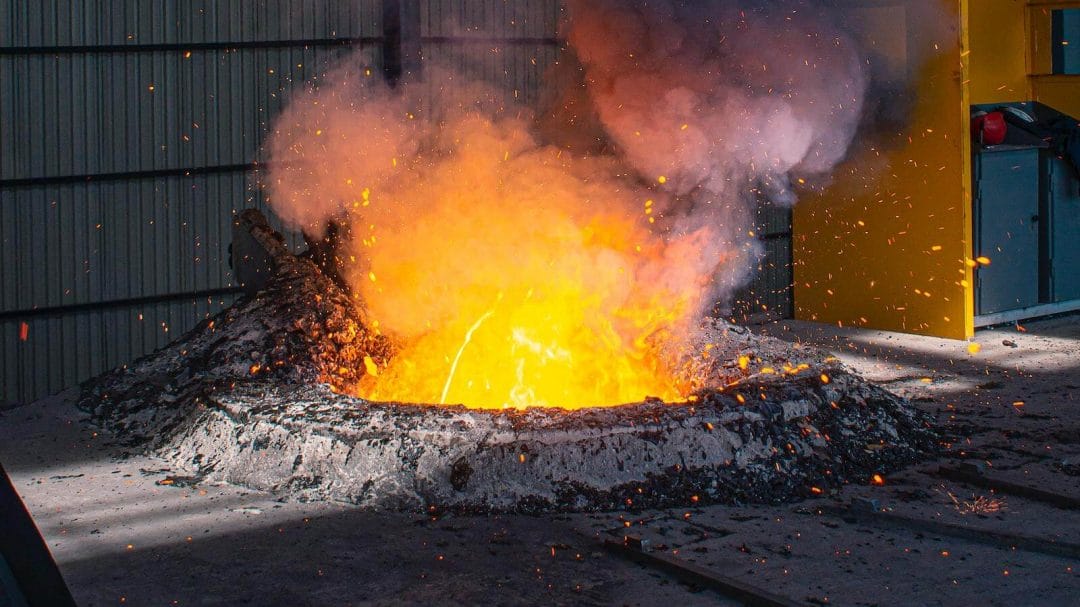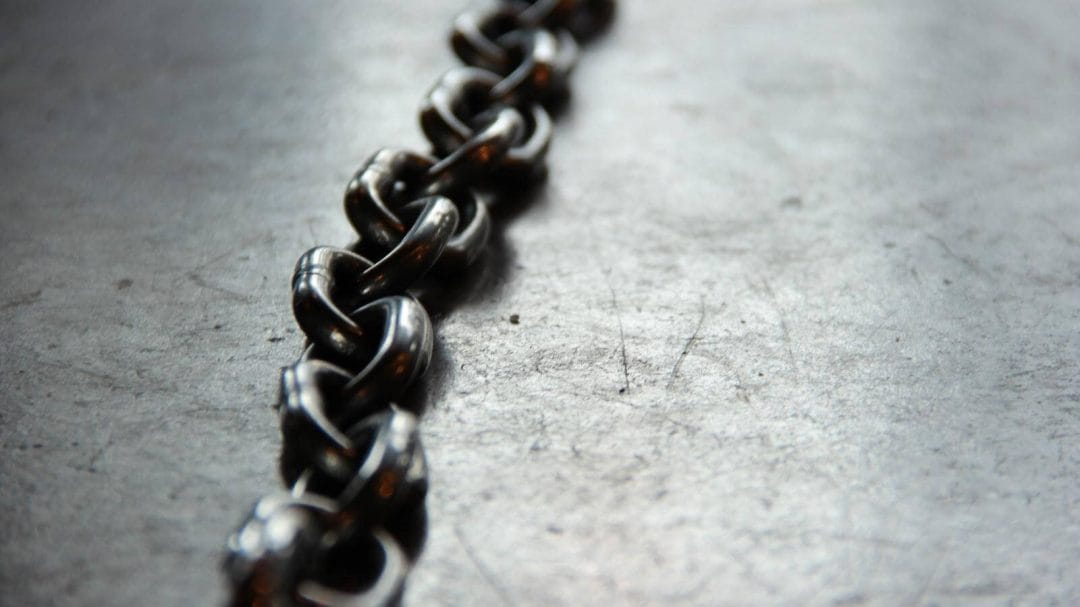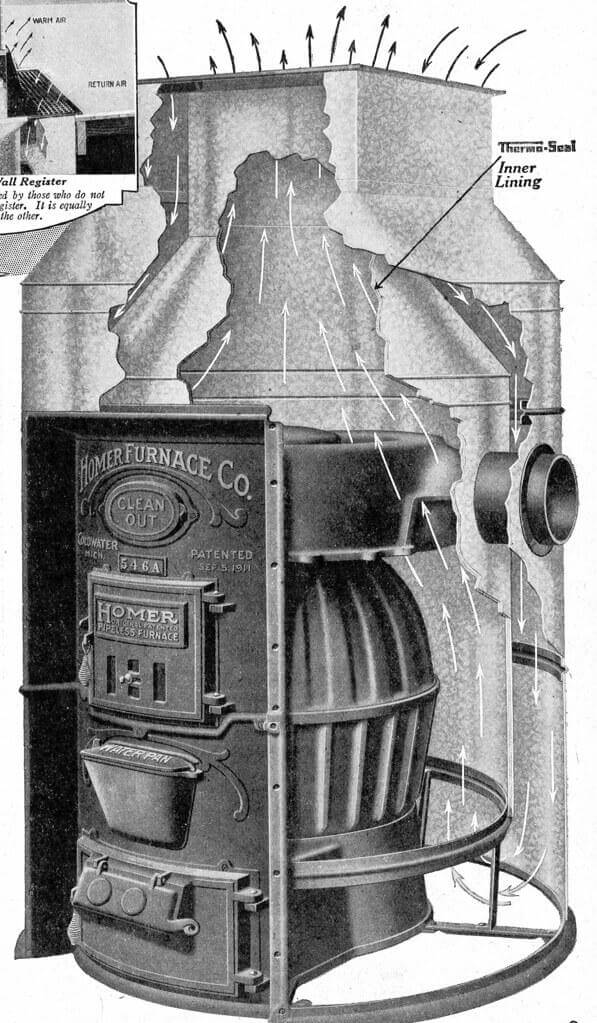
Inside the AC Universe: Unraveling the Mysteries of the Capacitor
Immerse yourself in the intricate tapestry of the AC Universe, amidst stars named Induction and Resistance twinkling in the infinite skies of Electrical Engineering. Here lies an enigma wrapped in an enigma, often overlooked in its silent efficiency, yet its absence holds the power to bring the entire universe to its knees. We are about to embark on a thrilling journey to unlock the secrets of the humble capacitor! Hold onto your Ohm’s Law, dear reader, as we unravel the intricacies of this unsung hero in the ever-expanding electrical symphony. This is not a tale for the faint-hearted. But fret not, for with complexity, comes an electrifying story of innovation and discovery that has fundamentally powered our world, in more ways than one. On this captivating voyage, we’ll explore the mysteries held within that modest, little component: The Capacitor.
Exploring the Role of Capacitors in the AC Universe
Capacitors represent a fascinating element in the AC universe, but their role can often seem elusive. In essence, capacitors are energy storage devices akin to short term charge “reservoirs”. They play a crucial role as they provide an essential function in regulating and smoothing out erratic electrical signals. Capacitors demonstrate the unique ability to store and release electrical energy rapidly. This property makes them invaluable for often overlooked but critical roles such as power factor correction, noise filtering, and energy storage. Let’s dive deeper into these roles. Power factor correction is often required in systems with inductive loads (like motors or transmission cables) to reduce power loss. Here, capacitors’ ability to store and release energy in different phases of the AC signal becomes crucial in these scenarios. In terms of Noise Filtering, capacitors disregard unnecessary frequencies and stabilize fluctuating potentials. This action is vital in audio devices and sensitive instrumentation. Lastly, the Energy Storage role is capitalized within systems like defibrillators, where capacitors store energy and release it in one go, buffering power supply during periods of high demand.
| Role | Description |
|---|---|
| Power Factor Correction | Regulates current flow in inductive systems, reducing power loss. |
| Noise Filtering | Disregards unnecessary frequencies, stabilizing fluctuating potentials. |
| Energy Storage | Buffers power supply during periods of high demand, releasing stored energy rapidly. |
It’s clear that the role of capacitors in the AC Universe is far-reaching. They ensure smooth functioning of a multitude of electrical appliances and complex circuits, highlighting their significance in our technology-driven lives.
Cracking the Capacitor Code: Understanding the Basics
In the labyrinth of electrical currents and circuits, capacitors have a pivotal role. These electronic components are fundamental in stabilizing voltage and power flow, filtering noise from signals, and storing energy. Interestingly, deciphering their numerical code can be a bit perplexing for beginners, but by understanding their basics, you can easily crack the capacitor code.
Primarily, the numbering on each capacitor represents its capacitance value – its ability to store an electric charge. Capacitance is measured in Farads, designated with the letter F. However, due to the incredibly high values of capacitance in some capacitors, microfarads (uF, or 10⁻⁶ F), nanofarads (nF, or 10⁻⁹ F), and picofarads (pF, or 10⁻¹² F) are common units used.
| Unit | Symbol | Conversion to Farads |
|---|---|---|
| Microfarads | uF | 1 uF = 10⁻⁶ F |
| Nanofarads | nF | 1 nF = 10⁻⁹ F |
| Picofarads | pF | 1 pF = 10⁻¹² F |
Let’s consider the example of a capacitor printed with the number “105”. This corresponds to a capacitance of 10 followed by 5 more zeroes – 1,000,000 pF, which simplifies to 1uF. Hence, the code on the capacitor is a simple and efficient representation of its capacitance.
Additionally, capacitors may be coded with letters which signify their tolerance – the permissible changes in capacitance. This can range from precise capacitors with tight tolerances (such as an F for ±1%) to more general-purpose capacitors with wider tolerances (like a Z for +80/-20%).
- F – ±1%
- G – ±2%
- J – ±5%
- K – ±10%
- M – ±20%
- Z – +80/-20%
Unravelling the mysteries of capacitors and their codes can inspire a deeper appreciation for the craft of electronics, not to mention elevate your practical skills. Remember, a solid grasp of these essentials is a stepping stone to more complex explorations in the AC universe.

From Tiny Tech to Power Grids: Applications of Capacitors
Capacitors, positioned at the heart of every electrical and electronic device, are the unsung heroes of today’s technology-driven world. They are fundamental components in the realm of electronics, playing a pivotal role ranging from tiny tech gadgets to large power grids. These compact wonders store and release electrical energy in a controlled manner, regulating power supply in various applications and ensuring smooth operation of devices.
Taking a look at a micro scale, capacitors are vital building blocks in the making of circuits within tiny tech such as mobile phones, laptops, and other personal devices. They not only make sure your gadgets turn on and off as desired, but also play integral parts in filtering noise out of signal lines, stabilizing voltage and power supply, and even in data memory storage, making them key players in the efficient running of such devices. On a larger scale, capacitors are integral to the functionality of power grids, where they’re used to stabilize electricity distribution and reduce power loss, essentially serving as energy reservoirs for the grid.
| Application of Capacitors | Function |
|---|---|
| Mobile Phones | Filtering noise in signal lines |
| Laptops | Stabilizing voltage and power supply |
| Power Grids | Stabilizing electricity distribution |
Whether it’s quickly delivering power to flash a camera’s photoflash, smoothing out the ripples in your desktop computer’s power supply or preventing a potentially dangerous power surge in the grid, capacitors save the day by doing these and more. The versatility of capacitors in electronic systems is indisputable, making them one of the most widely used components in the electrical and electronics world.

Unlocking the Potential: How Capacitors Energise our Everyday Lives
Whether we realise it or not, capacitors are crucial components in the delivery of a multitude of electronic goods and services around us. From air conditioning systems and cars to smartphones and television sets, capacitors are hard at work, storing and discharging energy, and helping to regulate electrical flow. Particularly in devices that rely on alternating current or AC Systems, capacitors are indispensable. Let’s state it this way, without capacitors, the electronic revolution we all enjoy would be drastically different. One persists in pondering, what exactly does a capacitor do and why is it so critical in the operation of AC systems? At its most fundamental, a capacitor is an electronic component that stores energy momentarily in an electric field. In AC systems, capacitors serve to “smooth” out fluctuations in electrical voltage, and to release stored energy on demand when voltage levels drop. This stabilising function ensures an uninterrupted and efficient flow of electricity. It’s akin to a mini rechargeable battery within your electronic device that’s providing quick bursts of energy when needed. For instance:
- Electric vehicles use them for energy storage and discharge,
- Televisions and laptops use them to manage energy supply to the device’s screen,
- Air conditioning systems use them to kick start their motor and fan,
- High-end audio equipment uses them to eliminate unwanted noise frequencies.
| Devices | Role of Capacitor |
|---|---|
| Electric vehicles | Energy storage and discharge |
| TVs and laptops | Managing energy supply to screen |
| Air Conditioning Systems | Initiating motor and fan |
| High-End Audio Equipment | Elimination of unwanted noise frequencies |
In embracing the utility of capacitors, the possibilities for technological advancements in our daily lives are quite literally electrifying. The next time you press power on your remote control or hear the purr of an electric vehicle, take a moment to appreciate the hidden power house that is the humble capacitor.
Solving the Capacitor Conundrum: Troubleshooting Common Issues
Every Air Conditioning (AC) system has its little secrets, its own little eccentricities. But one universal constituent that seems to bewitch even the most tech-savvy among us is the capacitor. These little energy storage units are crucial to your AC system’s operation, but when they go south, they can bring down the entire show. So today, we’re going to dive into the realm of the capacitor, addressing some of the most common challenges and sharing some quick fixes.
First and foremost, it’s vital to identify the warning signs that something might be amiss in your capacitor. Your AC might struggle to start up or shut down unexpectedly, having fluctuations in temperature, or be unable to cool your space efficiently. However, it’s not always easy to differentiate capacitor issues from other potential problems, which is why regular professional check-ups are a must. Let’s take a look at some easy troubleshooting tips below:
- Consider the age: If your capacitor is older than five years, it may be starting to wear out. Capacitors need replacing every 5-10 years, depending on use and maintenance.
- Check for bulges: Visual inspection can sometimes reveal issues. If your capacitor appears to be bulging or leaking, it’s time for a replacement.
- Measure the capacitance: A multimeter can be used to measure the capacitance. If readings fall outside of the unit’s specifications, then you likely have a problem.
As you can see, dealing with capacitors might not be the easiest thing in the world, but it certainly doesn’t need to be your AC’s death sentence. Remember, this is a small part of a much bigger system, and a faulty capacitor doesn’t necessarily mean the end of your AC’s lifespan! Being able to identify and troubleshoot potential problems will not only save you time and resources but also keep your AC running smoothly for as long as possible.
For more technical specifications and issues, refer to the table below:
| Issue | Solution |
|---|---|
| Weak Capacitor | Replace capacitor |
| Burnt Terminals | Professional repair |
| Uneven Cooling | Check AC components for blockages |

Choosing the Right Capacitor: Expert Recommendations for Different Applications
Choosing the right capacitor for your project can be a daunting task, given the range of capacitors available in the market. In general, selection should be driven by the application’s requirements including voltage, ripple current, equivalent series resistance (ESR) and size constraints. Depending upon these, you could choose between different types of capacitors like: Ceramic, Aluminum Electrolytic, Tantalum, Film, and Supercapacitors.
Ceramic Capacitors are commonly used due to their cheapness, wide range, and small size, most suitable for decoupling, coupling and oscillators. Nevertheless, they have poor temperature stability and high-frequency characteristics. Aluminum Electrolytic Capacitors are employed in power supply filters, owing to their high capacitance to volume ratio, despite their relatively high ESR and leakage current. Tantalum Capacitors offer superior performance in terms of ESR and stability over temperature, making them ideal for precision analog circuits. Film Capacitors are best for circuits with high AC voltage due to their low ESR and ESL, while Supercapacitors are used for energy storage and memory backup with their high capacitance and long life.
| Types of Capacitor | Typical Application | |————————- |——————————-| | Ceramic | Decoupling, Coupling, Oscillators | | Aluminum Electrolytic | Power Supply Filters | | Tantalum | Precision Analog Circuits | | Film | High AC Voltage Circuits | | Supercapacitors | Energy Storage, Memory Backup | Aside from these, several other factors need consideration too. For instance, for high-frequency applications, a capacitor with a low ESR would be best. Alternatively, for energy storage, you’d need a capacitor with a high energy density. Moreover, environmental conditions like temperature, humidity and mechanical vibration can affect capacitor life and reliability, which should be taken under advisement while selection. Therefore, always have the final application of your project in mind while choosing the capacitor. Take expert recommendations or even better experiment with different types to ascertain the best fit for your project. Be sure to note every detail in your electronic journey, because after all, the devil is in the details!
Trust the Tech: Ensuring Safety with Proper Capacitor Handling and Maintenance
Understanding capacitors and their functioning is crucial in ensuring the proper functioning of an AC unit. A capacitor is an electronic component that stores and releases electrical energy in a circuit. It essentially operates as a battery, storing energy when the circuit doesn’t require it, and releasing it when the circuit needs a power boost. Like any other electronic component, capacitors wear out over time, which reduces their ability to store and release energy and can lead to potential safety incidents.
Capacitor Types in AC Units
Ac units typically utilize both start capacitors and run capacitors. Start capacitors assist the AC motor start by offering an energy burst, whereas run capacitors moderate the current and voltage during operation. Understanding the maintenance and safety precautions of these components is crucial to the longevity and functioning of the AC unit.
- Start Capacitors: Usually have higher capacitance value, provides an initial power boost for the motor.
- Run Capacitors: Have lower capacitance value, continually provides energy to keep the motor running.
Maintenance and Safety Measures
Ensuring that mechanics adhere to safety guidelines when interacting with capacitors can make all the difference in preventing electrical shorts and potential threats of fire. Safety begins with the basics: mechanics should always use insulated tools, keep capacitors in a cool and dry place, and periodically inspect them for signs of wear and tear. In terms of maintenance, capacitors should be regularly checked for overheating signs, swelling, or leakage, which might mean the capacitor is on its last legs. Regularly cleaning the dust off the capacitors can also reduce overheating. Furthermore, one should never try reversing the polarity of the capacitor as it can damage the capacitor and the device it’s part of instantly.
| Maintenance Task | Frequency |
|---|---|
| Visual Inspection | Weekly |
| Cleaning Dust | Monthly |
| Check for Leaks | Every 6 months |
By respecting these behaviors, technicians and hobbyists alike can ensure they not only extend the life of their capacitors but also maintain a high level of safety around these integral components. As we wrap up our journey into the pulsating heart of the AC Universe, one cannot help but marvel at the humble yet complex capacitor’s potential. This lifeline of the alternating current realm has sketched a fascinating narrative, pulsating between the tangibilities of science and the ethereal dimensions of enigma. In its simplicity, it cradles mystery; in its modesty, it fuels the force of the cosmos. And even as we have striven to unravel its secrets, we are aware that many more layers remain cloaked beneath the shadows. The dance of charges continues unfettered, choreographed by the conductor, showcasing the unending play of power and resistance. As we step out of the AC Universe, we bid adieu to the capacitor, an unsung hero—silent, unobtrusive, and relentlessly spinning the wheel of our interconnected life.











